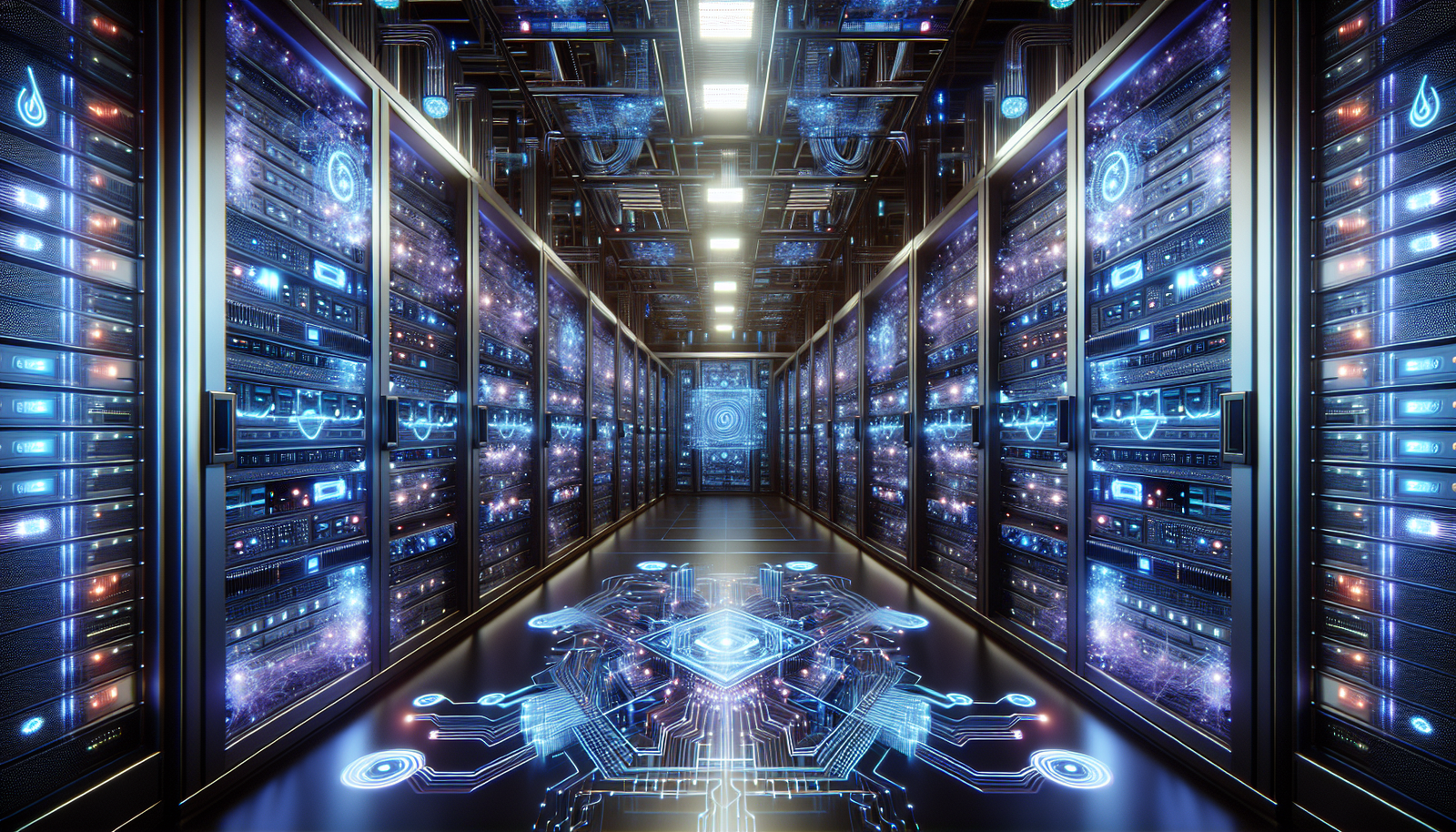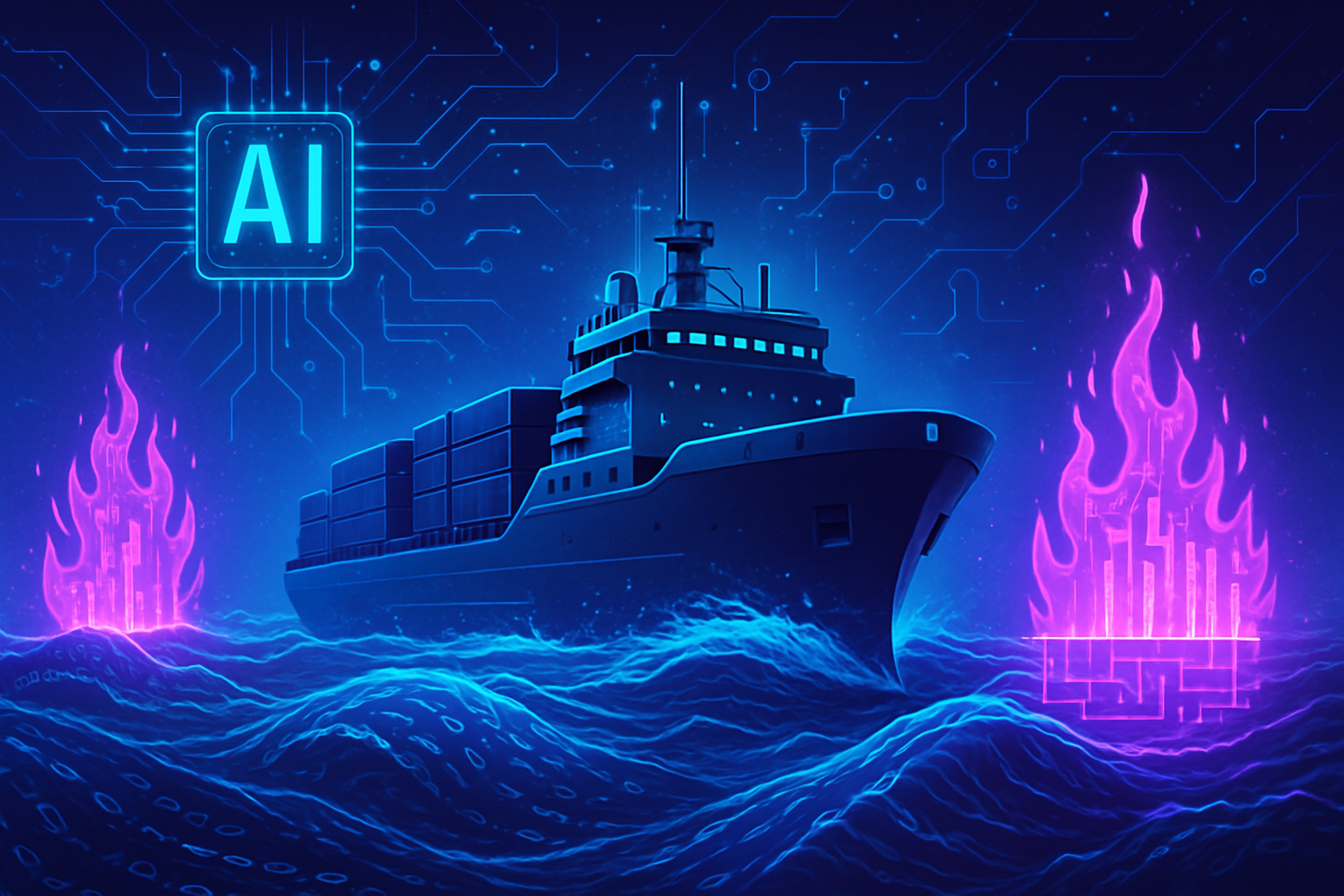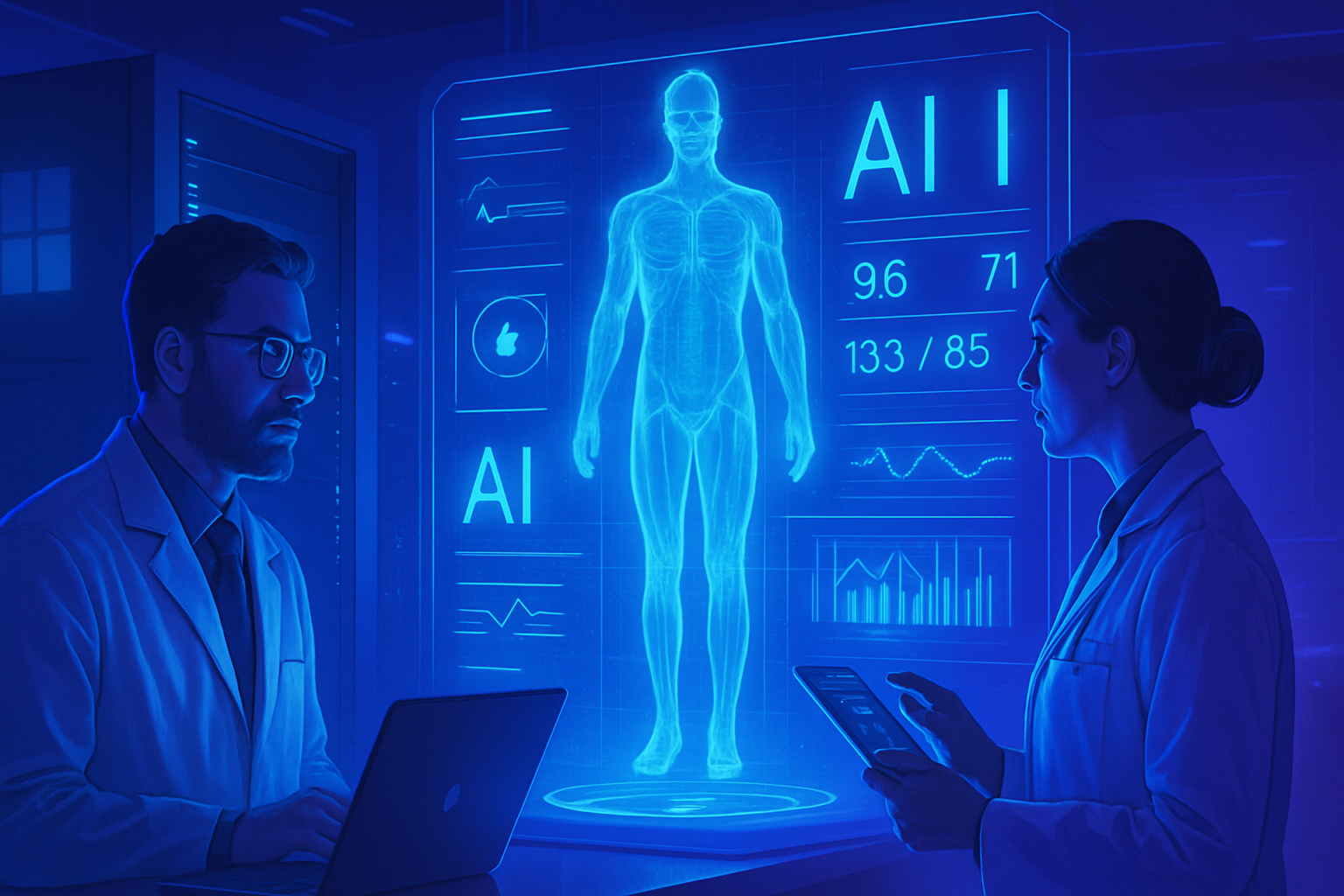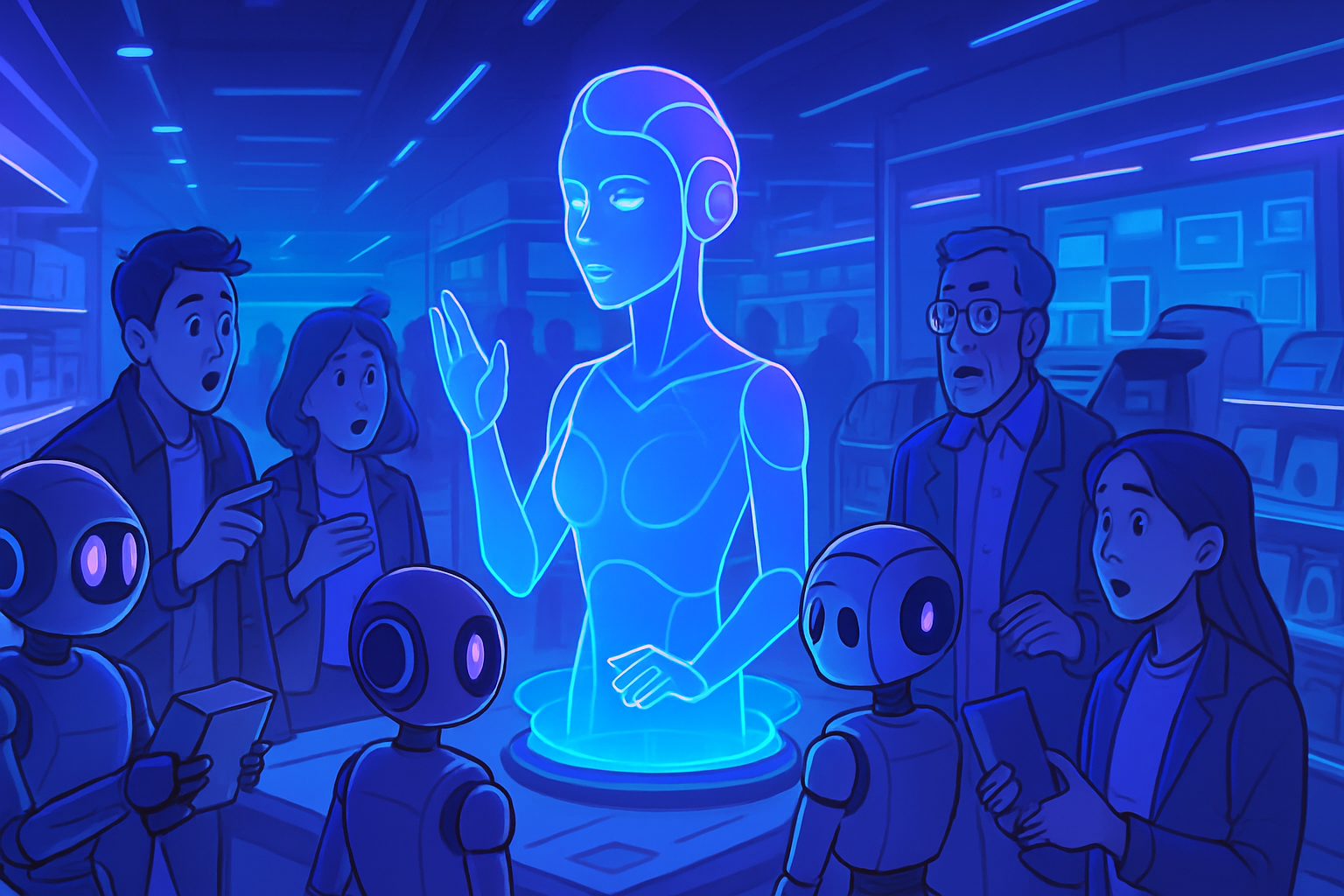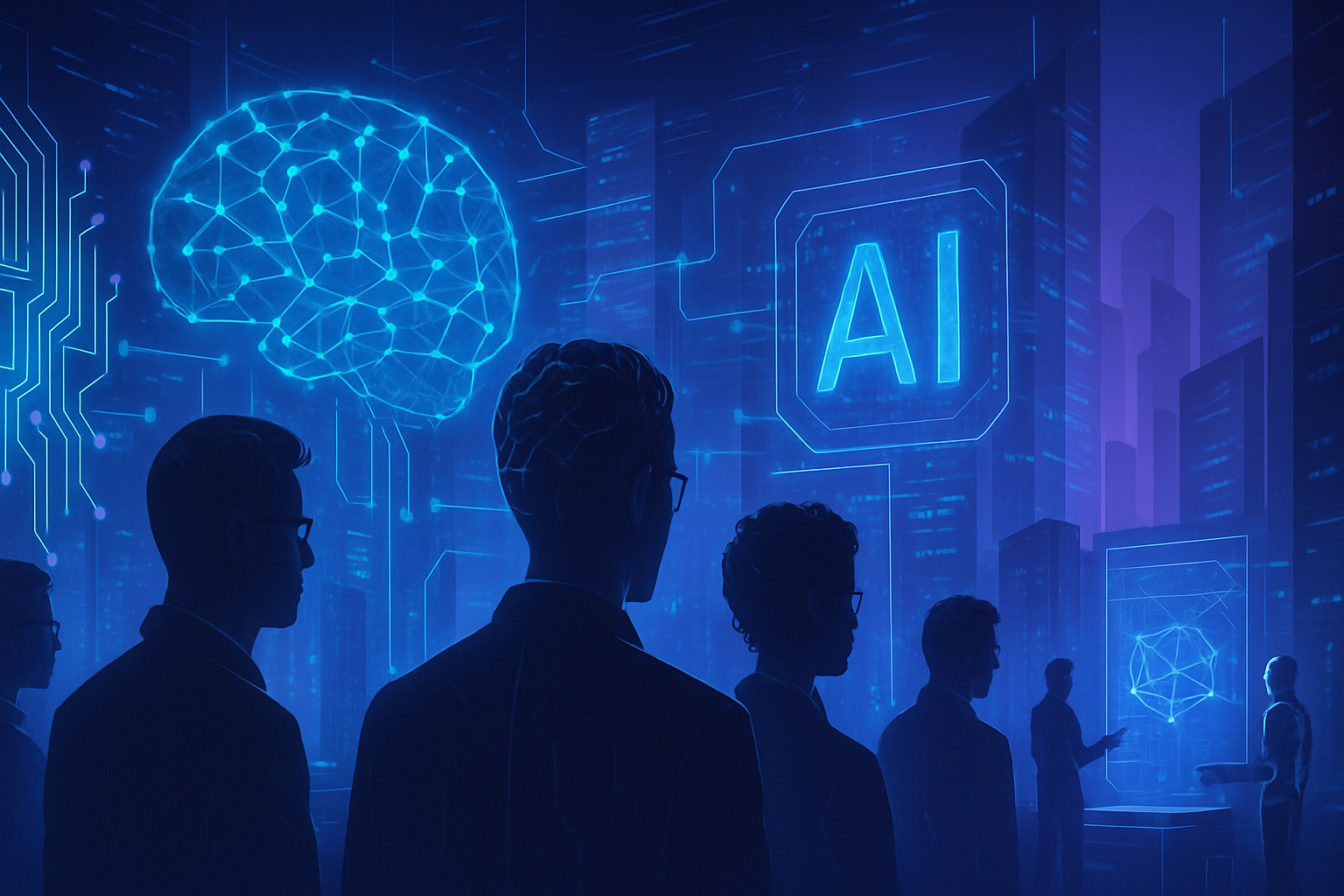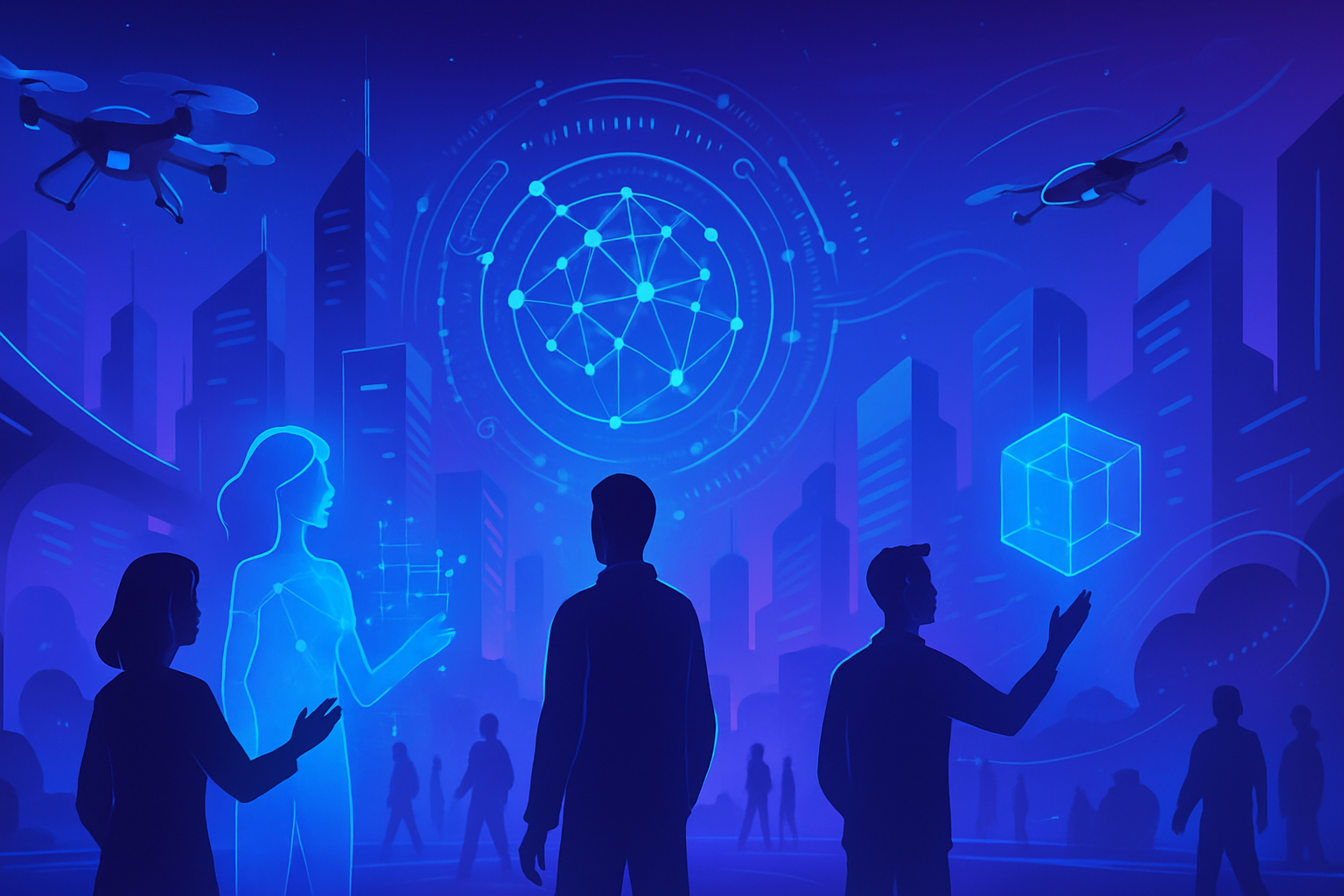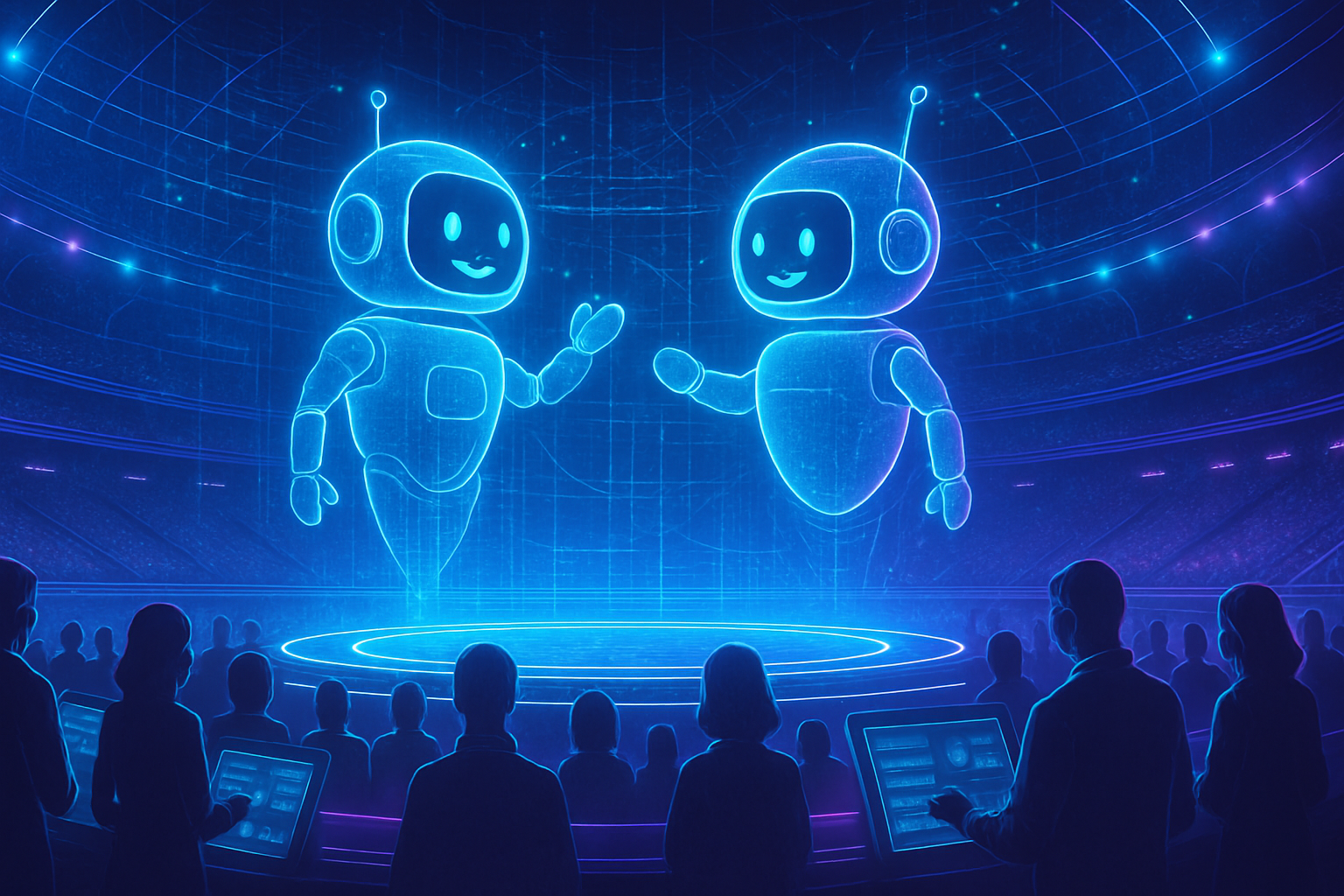Artificial intelligence data centers are about to become energy giants. _Their energy consumption is expected to quadruple by 2030._ This explosion in demand poses enormous challenges for global energy infrastructures. A report from the International Energy Agency highlights that America alone will consume more electricity for data processing than the entire production of energy-intensive industries like steel and cement. In a context where _sustainability becomes imperative_, integrating renewable sources into this critical sector requires urgent and strategic attention. The decisions made today will shape not only the future of AI but also our relationship with energy and the environment.
Energy consumption forecasts for AI data centers
The electricity demand from AI-dedicated data centers is expected to quadruple by 2030, according to a report from the International Energy Agency (IEA). This staggering increase poses significant challenges for global energy supply and the environment. This explosion in consumption results from the growing needs for data processing tied to the rise of artificial intelligence.
Renewable resources facing increasing demand
Currently, only half of this demand could be met by renewable energy sources. Data centers already represent a considerable share of global energy consumption. According to estimates, their needs could exceed those of all American heavy industries, such as steel, cement, and concentrated chemical manufacturing.
Environmental impact of data centers
A *data center* can consume as much electricity as 100,000 households, while some of those under construction could require 20 times more energy. The fear of an escalation in greenhouse gas emissions due to this additional demand is very real. However, the report highlights that a thoughtful adoption of AI could reduce the carbon footprint by optimizing energy efficiency.
Optimizing energy systems with AI
Using AI to redefine electricity networks would allow for greater integration of renewable energy. Existing networks, historically designed for coordinated plants, need to be rethought to manage the variability of sources like wind and solar. This transition will require a collective will to rethink energy infrastructures.
The challenges to overcome
The rapid growth of AI also poses sustainability challenges. Government officials, such as Claude Turmes, emphasize that the negative effects of AI could far outweigh potential benefits. Establishing practical guidelines to properly regulate this technology becomes essential to avoid colossal damage to the environment.
Implications for industry and governments
The rise of AI could lead to a resurgence of coal-fired power plants and gas plants, which have been declining in some countries. These alarming forecasts urge governments to establish proactive measures to implement substantial regulation. There is a very real risk of unsustainable investments returning to the forefront.
Innovative solutions to consider
AI could also be utilized in other sectors to alleviate pressure on energy resources. Mineral extraction companies, for example, could use these technologies to discover reserves of critical minerals for renewable energy components. Thus, a balance could be established between the high energy demand of AI and sustainable solutions.
The need for a collaborative approach
A close collaboration among governments, businesses, and civil society is essential to harness the benefits of AI while preserving the environment. The recommendations of the IEA report must translate into concrete, targeted, and responsible actions to avoid disastrous consequences for global energy systems.
For concrete examples of innovation in the field of AI-powered data centers, check out this article on Firmus. In parallel, emerging trends demonstrate how AI can transform our daily lives by integrating smart solutions for sustainable energy systems, as highlighted in this article on major technological trends.
Frequently asked questions about the energy needs of AI data centers by 2030
Why will energy needs for AI data centers quadruple by 2030?
The energy needs of AI data centers are expected to quadruple due to the massive increase in demand for artificial intelligence-based services, especially processing large volumes of data, which requires increased computing power.
What is the environmental impact of energy consumed by AI data centers?
The environmental impact is potential as energy consumption increases. If a large part of this energy comes from non-renewable sources, it could worsen greenhouse gas emissions, despite efforts to optimize energy efficiency.
What solutions can help manage the increase in energy needs of AI data centers?
Solutions include optimizing energy systems through AI itself, transitioning to renewable energy sources, and reinventing electricity networks to better integrate intermittent energy sources like solar and wind.
How can AI help reduce energy losses in data centers?
AI can improve the efficiency of industrial processes, reduce failures, and optimize energy management, which should help reduce losses and improve energy use within data centers.
What measures should governments take in response to the increase of AI data centers?
Governments should establish stricter regulations regarding energy consumption, encourage the use of renewable energies, and invest in research on the environmental impact of AI data centers.
Can AI data centers operate efficiently solely with renewable energy sources?
Theoretically, yes, with technological advancements and efficient design, data centers can operate effectively with renewable energy, but this requires significant investments in infrastructure and technology.
What types of new AI data centers are planned and what will be their energy impact?
New AI data centers are under construction, some requiring up to 20 times more energy than existing ones. Their impact will be considerable if no measures are taken to optimize their energy consumption.
How should energy infrastructure design evolve with the rise of AI data centers?
Infrastructure must be rethought to adapt to renewable energy sources, moving away from traditional centralization, and must address the challenges of intermittency and variability of energy sources.
What are the concerns regarding water used by AI data centers?
AI data centers also use huge amounts of water to cool their systems, raising concerns in areas where water is scarce, thereby increasing the need for effective and sustainable water resource management.
